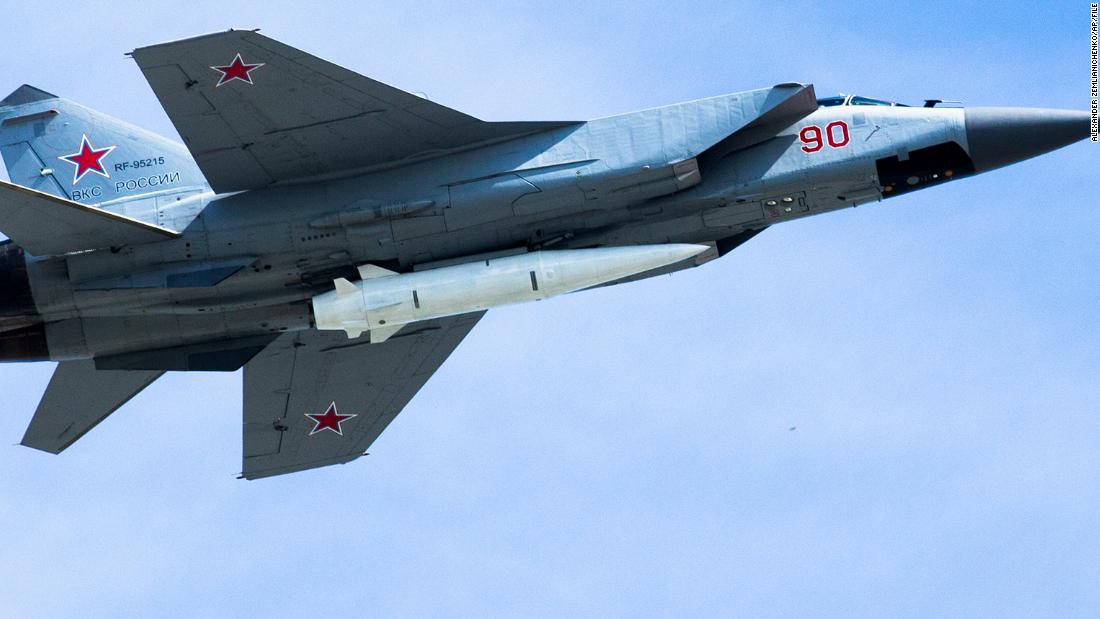Tensions between NATO and Russia in the Black Sea have reached a concerning level. Recent developments, including Russia’s withdrawal from a U.N. grain deal and NATO’s increased surveillance, have heightened the risk of a naval conflict. Russia’s decision to permanently deploy hypersonic missile-armed jets in the region has escalated these concerns further. The situation raises alarming prospects of a direct confrontation between NATO and Russia, underscoring the growing instability in the Black Sea.
Russia risks war with NATO in Black Sea
Moscow’s actions, particularly its interception of ships in international waters and attempts to impose an economic stranglehold on Ukraine, have raised the risk of a direct naval conflict with NATO. James Stavridis, former Supreme Allied Commander Europe, highlighted the potential for a “war at sea” and urged NATO to consider supporting a humanitarian corridor for shipping, deploying combat aircraft, and possibly escorting vessels.
The situation escalated when Russia unilaterally withdrew from a U.N. grain deal in July and issued warnings that ships traveling to Ukrainian ports could be considered military targets. In response, Ukraine targeted Russian energy exports with a maritime drone attack and declared waters around Russia’s Black Sea ports as a “war risk area.”
:format(jpeg)/arc-anglerfish-tgam-prod-tgam.s3.amazonaws.com/public/GQCRUNV5YFDMXNWP2U22KB7CPI)
NATO Secretary General Jens Stoltenberg criticized Russia’s “dangerous and escalatory actions,” and NATO increased surveillance and reconnaissance in the Black Sea, deploying maritime patrol aircraft and drones.
The United States also started its maneuvers near the Black Sea. The US deployed two aircraft carrier strike groups to the Mediterranean Sea in support of Israel, which was perceived as a threat by Russia. The ongoing conflict between Russia and Ukraine has seen numerous incidents involving the downing of drones, further straining relations between Washington and Moscow.
The situation in the Black Sea remains precarious, with the risk of a direct confrontation between NATO and Russia continuing to loom large.
Read More: Putin has unleashed a ‘Grain-demic’ on the West
Hypersonic-missile armed jets to patrol the Black Sea
In response to growing threats, Russia has taken a significant step to counter potential challenges. President Vladimir Putin recently announced the regular patrolling of neutral airspace over the Black Sea by Russian warplanes, equipped with Kinzhal missile systems known for their 1,000 km range and Mach-9 speed. This decision comes amid rising tensions, notably the US deployment of two aircraft carrier strike groups in the Mediterranean Sea to support Israel.
Putin’s announcement was a direct response to the increasing instability, especially in the Middle East. He highlighted the strategic capabilities of Russian patrols, suggesting that the hypersonic weapons on these planes could potentially reach the eastern part of the Black Sea.

The President also commented on the US supplying ground-launched ballistic missiles to Ukraine. He criticized this move, emphasizing that it further entangled the US in the conflict. Putin dismissed claims that Russia had “lost” in Ukraine, countering assertions that Moscow sought to conquer the entire country. He found it ironic that the US would supply weapons if they believed Russia had failed in the conflict.
The escalating tensions between NATO and Russia in the Black Sea have reached a critical juncture. Recent developments, including Russia’s move to patrol neutral airspace with hypersonic missile-armed jets and NATO’s increased surveillance, signify a dangerous standoff.
Read More: NATO and EU’s ignorance of Black Sea has cost it heavily
The risk of a direct naval conflict looms large, highlighting the precarious regional stability. With both sides taking assertive measures and the potential for a humanitarian corridor being considered, the situation remains highly volatile.
Watch More:








